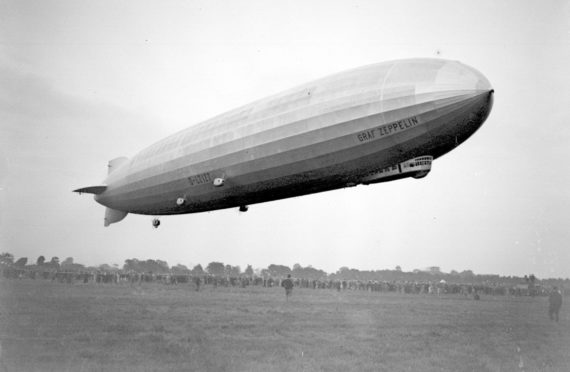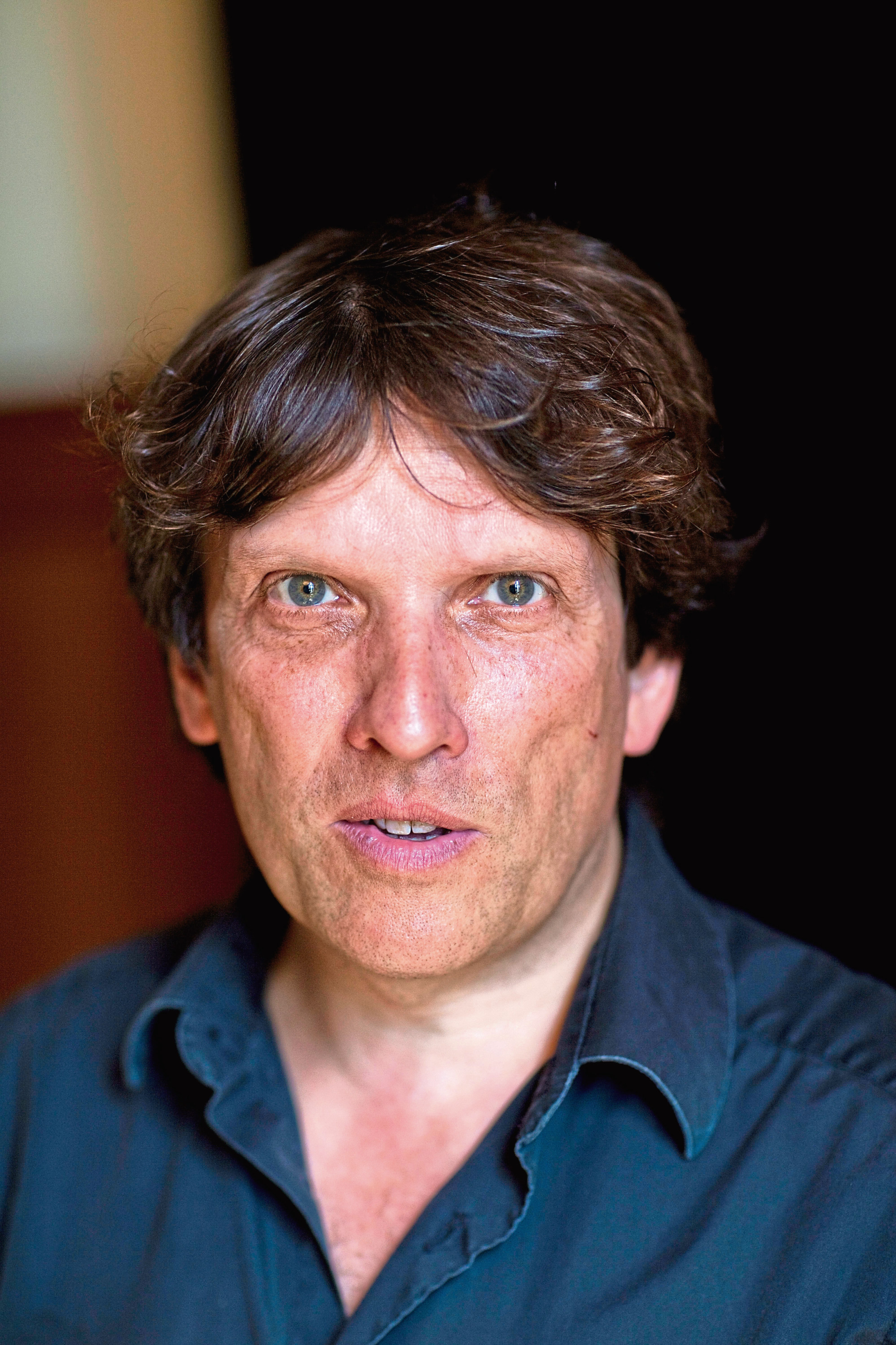
Cut-price travel has its costs. For writer Jonathan Glancey it has stripped the journey of its romance and magic.
In his new book The Journey Matters: Twentieth Century Travel, he tells Sally McDonald The Honest Truth about some of the most dramatic trips ever made.
Why did you want to write this book?
As an antidote to the way most of us travel today, processed through intensely busy airport terminals, shoehorned into tiny rock-hard seats on board identical jets, standing in more or less identical trains with little or no character, crammed into buses with roaring engines and screeching brakes.
Why did you choose to include only those journeys from the 1930s and onwards into the 20th Century?
Because there was such a variety of ways of travelling, from airships, flying boats and ocean liners to streamlined steam trains and trips along bucolic branch lines in Victorian carriages.
How long did it take to research and to where did that research take you?
You could say a lifetime. I’ve wanted to ride the Anglo-Scottish streamliners of the 1930s since I was a young boy, by which time the “Coronation” and “Coronation Scot” were distant memories. But, I’ve made journeys to Inner Mongolia, the east coast of Africa and Iraq.
What can you tell us about LNER’S Coronation streamliner from London Kings Cross to Edinburgh Waverley?
Between 1937 and the outbreak of the Second World War, this was Britain’s most glamorous train. Meals were served at every seat in Art Deco coaches. Sir Nigel Gresley’s sleek and supremely fast A4 Pacifics raced the two-tone blue train between the two capital cities in six hours flat. From your window, framed by plumes of steam, you would have seen the North Sea, mighty industrial landscapes, cathedrals and farmland worked by horses and traction engines.
What was it like to fly to Singapore with Imperial Airways – the early British commercial long-range airline that operated the British Empire routes from 1924 to 1939?
This was a spectacular adventure made over several days, taking off from ports and landing on lakes. Flying low and looking out over exotic landscapes and wildlife below, the well-heeled passengers enjoyed impeccable service.
Can you tell us about life on board the Graf Zeppelin?
Travelling on this aircraft would have felt like sailing through the airwaves. It carried just 20 passengers while, out of sight, a crew of 40 kept the airship aloft. The idea of flying non-stop for several days across the Atlantic might seem claustrophobic, yet passengers got to know one another and there were games and singsongs between cocktails and meals and glorious views.
Which was the most shocking journey you encountered during your research?
Journeying from Jordan to Baghdad and then down to Basra taking in the haunting ancient cities of Ur and Eridu before heading north to the Turkish border. This was shortly before the Bush-Blair invasion of Iraq. At every port of call you could sense a tragedy in the making.
Which of trips were the most dramatic and why?
The sheer excitement of the departure of the 20th Century Limited from New York’s Grand Central station has to be among the most dramatic. You could travel in sophisticated modern style at a time when Britain was at war and ration books were a way of life.
How has travel changed today and are there still iconic journeys left to take?
Special journeys can still be made. There are expensive nostalgic train journeys like the Orient Express, but they are not a part of the everyday landscape of travel. But if you ride the Moscow Metro or a narrow-gauge steam train on the outskirts of Dresden, you’ll find that everyday travel can still be very special indeed.
The Journey Matters: Twentieth Century Travel In True Style by Jonathan Glancey, is published by Atlantic Books and out on Thursday, priced £20

Enjoy the convenience of having The Sunday Post delivered as a digital ePaper straight to your smartphone, tablet or computer.
Subscribe for only £5.49 a month and enjoy all the benefits of the printed paper as a digital replica.
Subscribe © David Levenson/Getty Images
© David Levenson/Getty Images